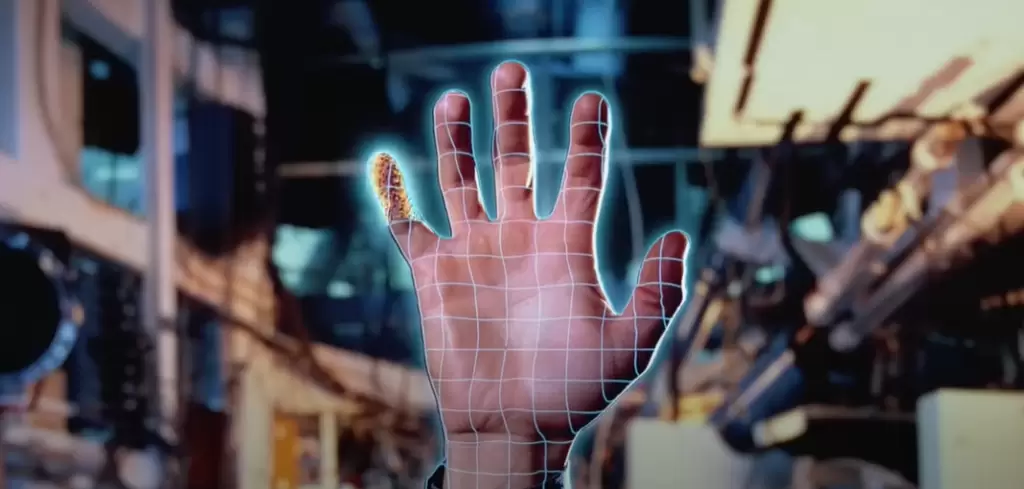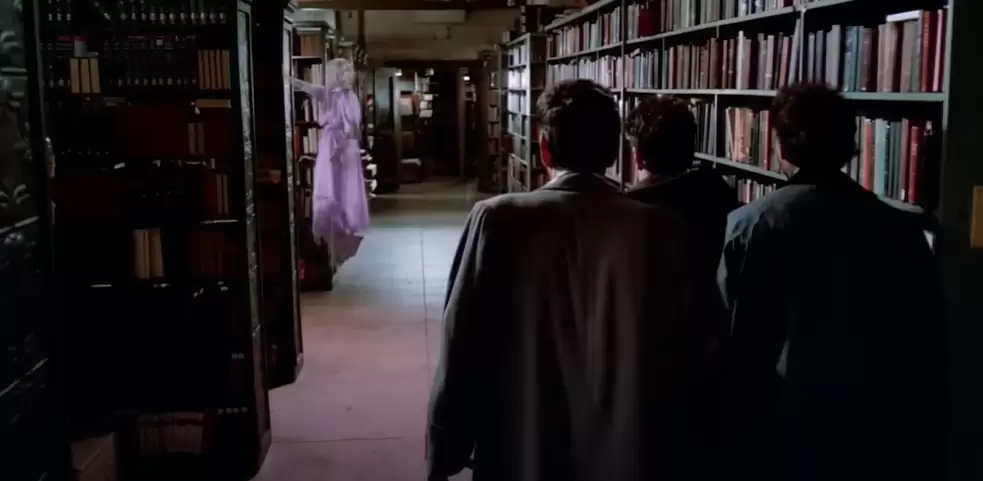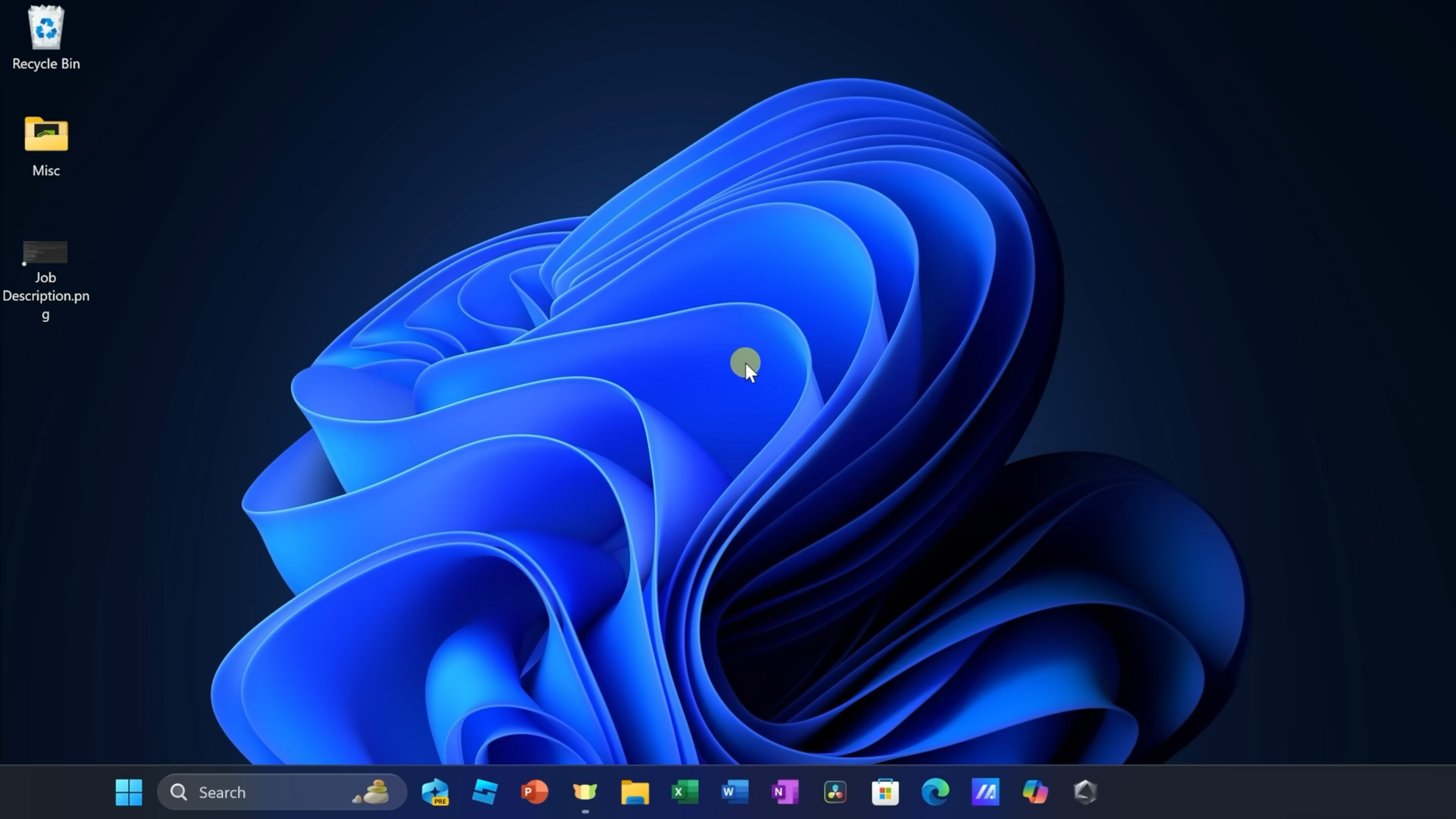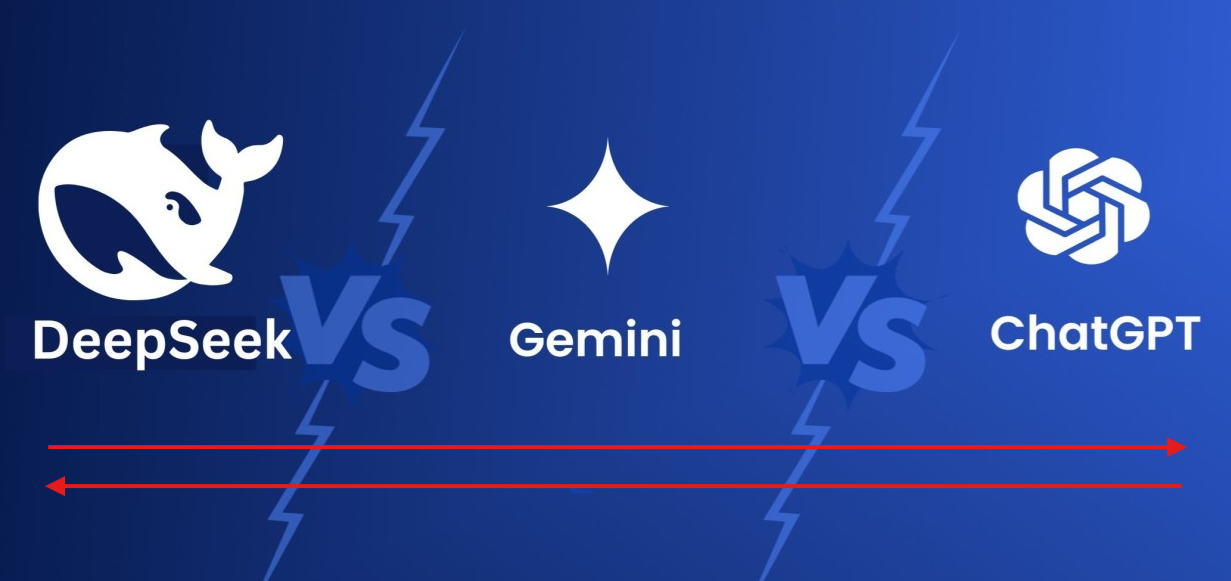In today’s cinematic world, many films utilize a stunning combination of visual effects, CGI (Computer-Generated Imagery), and special effects to create immersive and unforgettable visuals. However, these terms are often confused or used interchangeably, despite having distinct meanings. Understanding their differences can deepen your appreciation for the artistry involved in filmmaking. In this article, we break down the key differences between CGI, special effects, and visual effects, helping you become more literate in film terminology.

Special Effects (SFX): Real-world Creations on Set
Special effects refer to elements that are physically created during filming. These are also known as practical or mechanical effects. Examples include atmospheric effects like artificial rain, fog machines, pyrotechnics for controlled explosions, animatronics, and prosthetic makeup.
Special effects supervisors are responsible for designing and executing these effects safely and effectively. They collaborate closely with directors, production designers, and stunt coordinators to achieve what the script demands. Many specialized companies handle specific elements of special effects. From early cinema to modern filmmaking, SFX remains an essential tool for creating tangible magic on screen.
Visual Effects (VFX): Enhancing Shots After Filming
Visual effects are added after the footage has been captured. VFX encompasses a wide range of techniques, including compositing, motion capture, and rotoscoping. One of the earliest examples dates back to Georges Méliès’ A Trip to the Moon (1902). In modern cinema, VFX is predominantly digital.
- Compositing combines multiple images into a single frame. For example, the ED 209 robot in RoboCop was stop-motion animation composited into live-action footage.
- Green/Blue Screens allow visual effects artists to replace backgrounds with other imagery using chroma keying.
- Virtual Production uses LED screens to display dynamic backgrounds, a technique popularized by The Mandalorian.
VFX supervisors oversee the entire process from pre-production to post-production, ensuring the footage integrates seamlessly with digital enhancements.
CGI: The Digital Magic
CGI, or Computer-Generated Imagery, refers specifically to visual elements created entirely using computer software. This can range from digitally crafted environments and objects to fully animated characters.
- Early uses of CGI include Westworld (1973) for 2D graphics and Tron (1982) for 3D CGI.
- Modern examples include completely digital scenes like WALL-E or the blend of live-action and CGI in Paddington 2.
Creating realistic CGI involves various departments:
- FX Simulation Artists replicate real-world physics for water, fire, or hair.
- Lighting Artists match lighting conditions between CGI elements and live-action footage.
- Asset Departments build models, textures, and shaders.
CGI requires extensive pre-visualization (pre-vis) and post-production work, often involving research and development teams to push technological boundaries.
A Practical Example: Combining CGI, VFX, and Special Effects in 1917
Sam Mendes’ 1917 masterfully demonstrates how these techniques work together. The plane crash scene in the film used:
- CGI for creating the plane and barn.
- VFX for stitching multiple takes into a seamless shot.
- Special Effects for the physical plane crash and pyrotechnics.

By blending these elements, filmmakers achieved a realistic, continuous shot that would be impossible without such intricate collaboration.
Conclusion
Each of these cinematic tools—special effects, visual effects, and CGI—plays a unique role in storytelling. Knowing the differences not only enriches your viewing experience but also helps you appreciate the incredible teamwork behind movie magic. Whether it’s a subtle enhancement or a full-blown spectacle, these techniques transport audiences to worlds beyond imagination. Next time you watch a film, try to spot the artistry of SFX, VFX, and CGI at work.
Tags
visual effects, CGI, special effects, filmmaking techniques, movie effects, VFX vs CGI, practical effects, cinematic tools, movie magic, CGI in film
Hashtags
#VisualEffects #CGI #SpecialEffects #FilmmakingTechniques #VFXvsCGI #MovieEffects #PracticalEffects #CinematicTools #MovieMagic #CGIinFilm




















